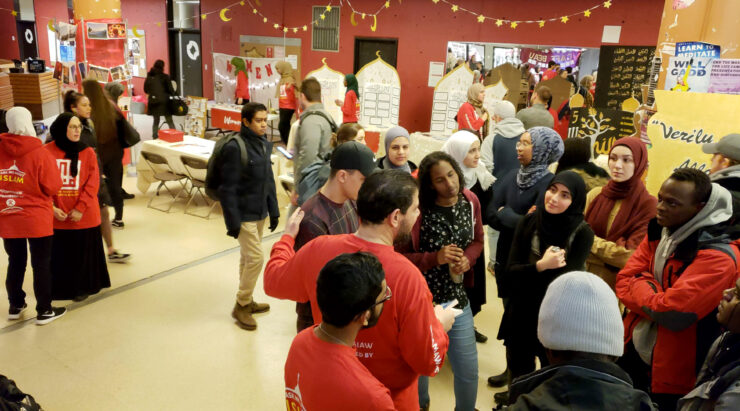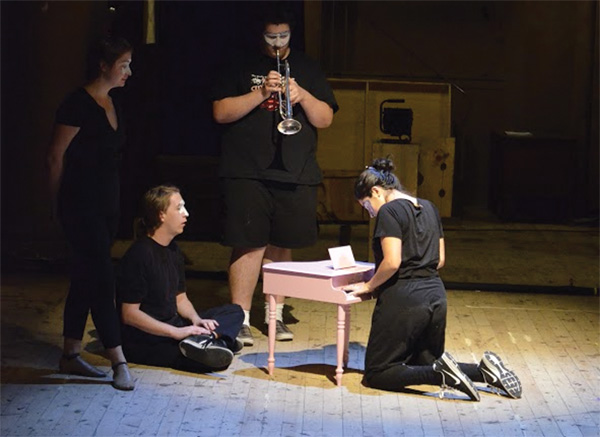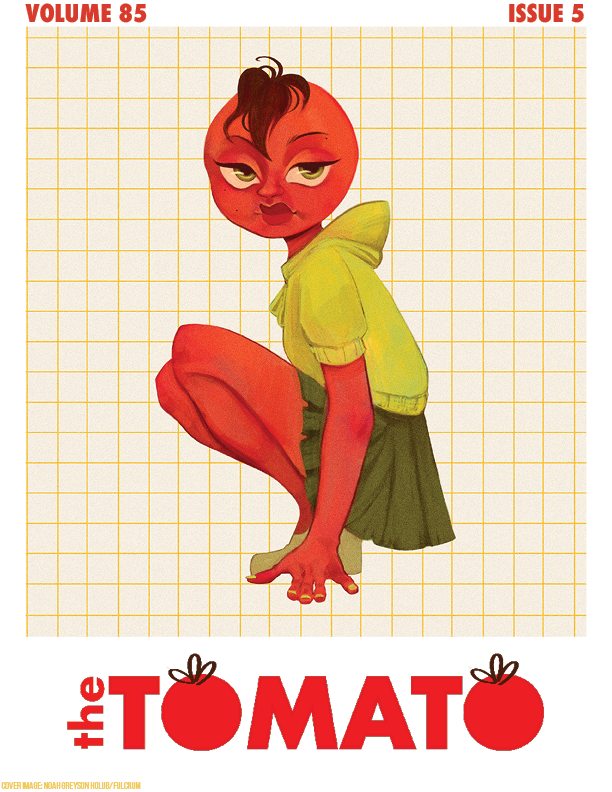STUDENT JOURNALISTS ARE REDEFINING CULTURAL COVERAGE ON CAMPUS, WITH STORIES THAT REFLECT IDENTITY, ACTIVISM, AND COMMUNITY.
What is culture? It’s a question that journalists grapple with every day, one that shapes the stories they tell and the conversations they foster. In the ever-evolving landscape of student media, “culture” stretches far beyond textbook definitions. It encompasses identity, tradition, activism, creativity, and the shared experiences that bring campus communities together.
Through conversations with editors and writers from The Griff, The Concordian, The Muse, and Algonquin Times, one thing is clear: student publications aren’t just covering culture—they’re helping define it.
For many student journalists, cultural coverage spans a wide spectrum of themes and topics. At MacEwan University’s The Griff, Opinion and Culture Editor, Rebecca-Lynn Reeves, describes culture as “an ever-growing range of topics that engage students in their communities, in both digital and physical spaces.” During her tenure, The Griff has prioritized coverage of arts, music, identity, and politics—stories that both reflect and shape the student experience at MacEwan’s Edmonton campus.
Ginane Deslauriers, Assistant Arts and Culture Editor at The Concordian, echoes this expansive view. “Our section is called Arts and Culture, so culture englobes themes of ethnicity, nationality, identity, food, arts, fashion… and more,” Deslauriers says. This year, The Concordian made a concerted effort to publish more identity-based pieces, particularly those focused on ethnic and religious communities.
At Memorial University’s The Muse, Arts and Culture Writer, Lee Hurley, highlights a focus on creativity itself. “We’ve been really focused on the culture of creativity and processes surrounding art and music in our city,” Hurley says. But their work goes further, delving into campus traditions and student activism, exploring the everyday moments that connect students—whether it’s bonding over old campus buildings or sharing frustrations with student union politics.
Over at Algonquin Times, Editor-in-Chief, Vasileios Tselios, emphasizes that cultural coverage reflects the student body’s interests. “We try to mirror the interests and the outlook of the campus,” he says. Recently, that’s meant a greater focus on the arts, as student engagement with creative events has grown.
One theme echoed by everyone interviewed is how student journalism covers culture differently than mainstream media. Reeves argues that much of this difference comes down to freedom. “Our student contributors work with us on a volunteer basis,” she explains. “We have a lot more freedom and passion behind what we do.” Without the financial pressures that often shape mainstream journalism, student writers can explore topics they care deeply about, even if they’re controversial.
Hurley agrees, adding that student publications frequently tackle issues that mainstream outlets avoid, such as Palestine solidarity movements or Ramadan events on campus. At The Muse, there’s been extensive coverage of student activism and the “culture of protest,” topics often ignored by larger media outlets.
For Tselios, the key distinction lies in focus. “Student papers offer a zoomed-in lens,” he says. “You can really get a lot more pieces on culture that may not necessarily be very well known about.” Unlike the broader, often profit-driven scope of mainstream publications, student journalism is driven by proximity and relevance.
Proximity is another major advantage for student journalists. Reeves highlights how easy it is to find sources for culture stories on campus. “We see band members walking in the hallways, or even in class,” she explains. With campus bulletin boards and student events at their fingertips, student journalists often have first-hand access to the cultural conversations happening around them.
But access alone doesn’t guarantee balanced reporting. Deslauriers emphasizes The Concordian’s editorial policy of including at least three voices per article. “If we are portraying more than one perspective, we have an equal amount of quotes from everyone,” she says. Similarly, Algonquin Times has a process that ensures diverse perspectives in their coverage. “We look at the sources and ask: is there a voice missing? Too much of one, not enough of another?” Tselios explains.
Reeves is candid about The Griff’s ongoing efforts to build trust with underrepresented communities. “We have a lot of work to do,” she admits. Recently, The Griff held its first-ever meeting with MacEwan’s Indigenous Students Club—an overdue but important step. Reeves also describes the publication’s commitment to following traditional protocol when engaging with Indigenous Elders and Knowledge Keepers, ensuring that respectful practices are followed during interviews.
Looking ahead, Reeves predicts that student publications will become more “bold” in their cultural coverage. She also expects increased resistance from university administrations. “Students are going to have to be creative in how they source information as administrations prevent access to the sources we need for the stories we desperately need to be telling,” she says. She anticipates student journalists becoming adept at filing Freedom of Information and Protection of Privacy (FOIP) requests as they cover contentious issues like student protests and anti-DEI policies.
What culture means in journalism is constantly evolving—and perhaps that’s the point. It’s not a static concept tucked away in academic definitions or solely represented through music, festivals, or fashion. In student journalism, culture lives in the way students tell their own stories and in how they listen to each other.
Deslauriers believes cultural journalism in student media will continue to foster inclusivity and understanding. “I believe student publications influence students to be more tolerant of others,” she says.
Culture in journalism is about the approach: asking whose voices are amplified, which stories get told, and why they matter. It’s in the boldness to cover protests and politics that mainstream media often avoids. It’s in the commitment to reflect campus realities without filtering them for profit or palatability. And it’s in the very act of believing that telling these stories can actually make a difference.
Reeves puts it plainly: “Now more than ever, student media will be picking up the slack in highlighting diverse perspectives in their communities.”






